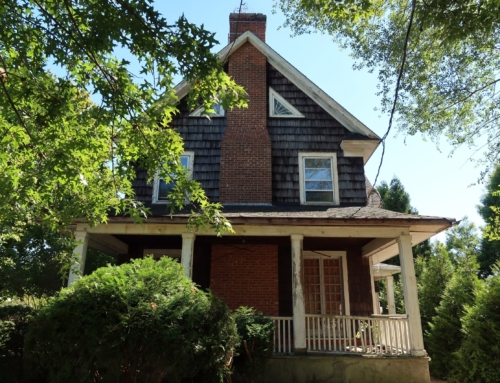Sub-prime mortgages issued between 2001 and 2006 did not achieve the goal of increased home ownership, a recently released study finds.
The number of sub-prime mortgages terminated between 2001 and 2006 was higher than the number of first time home buyers who applied for them during that time frame, according to the study.
In order to show an increased level of home ownership, mortgage borrowers had to keep their mortgage loans for a substantial amount of time and this was generally not the case. Loans issued during this time generally lasted less than three years. In fact, almost half the loans exited the market either through prepayment or default within the first two years of origination and about 80 percent did so within three years of origination, according to the study.
This means that borrowers either refinanced or defaulted on the loans and default often leads to foreclosure.
In the rush to increase home ownership, lenders issued lower-quality loans immediately before the crisis began, the study finds. Especially in 2006 and 2007, just before the mortgage market collapse.
“Sub-prime mortgages were very risky all along,” said the study’s author, Yuliya S. Demyanyk. “The extent of their risk, however, was hidden by the rapid appreciation in house prices, allowing termination of the mortgage by refinancing or prepayment. When prepayment became costly – with zero or negative equity in the house increasing the closing costs of refinancing – defaults took their place.”
The Federal Reserve of St. Louis recently released the study which Demyanyk, a senior research economist, conducted before moving on to the Federal Reserve of Cleveland.
To see the full study: http://research.stlouisfed.org/publications/review – look at the March/April 2009 issue.
March 5, 2009.






Leave A Comment